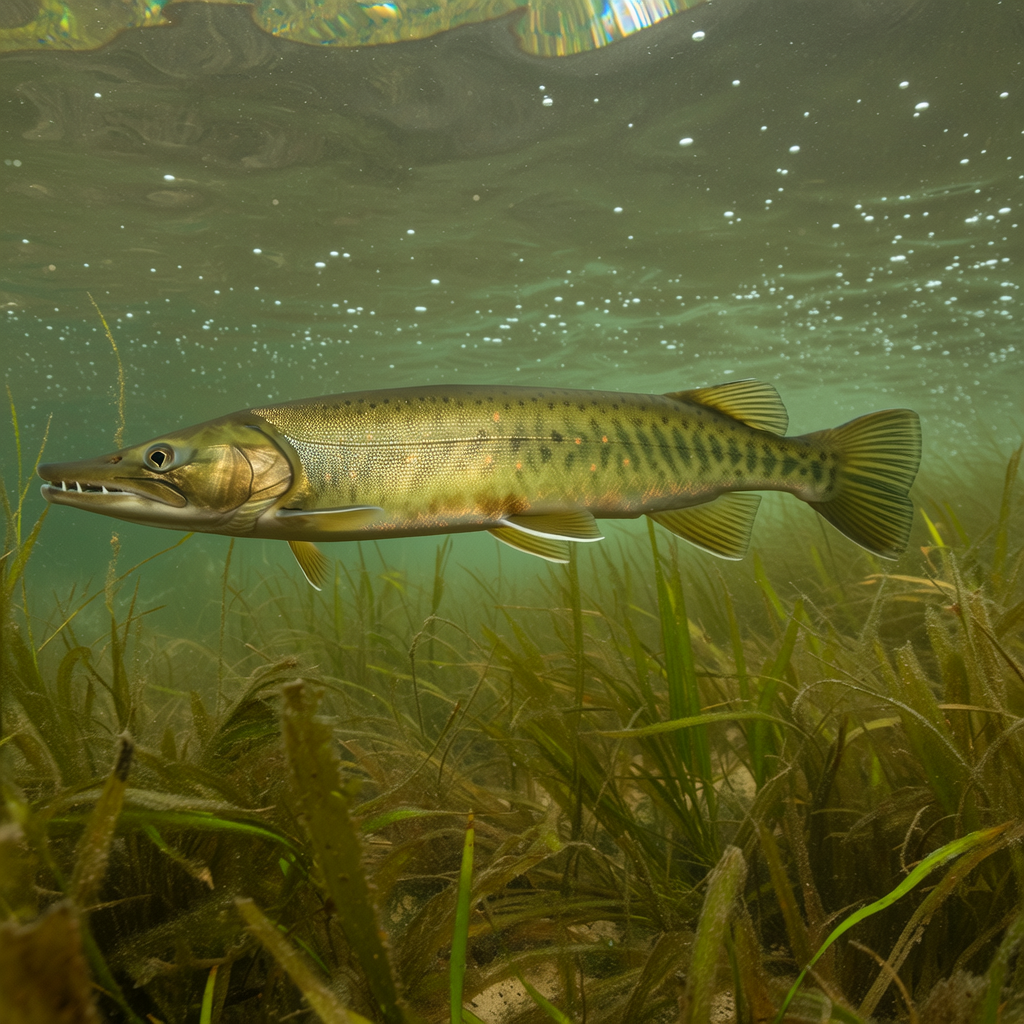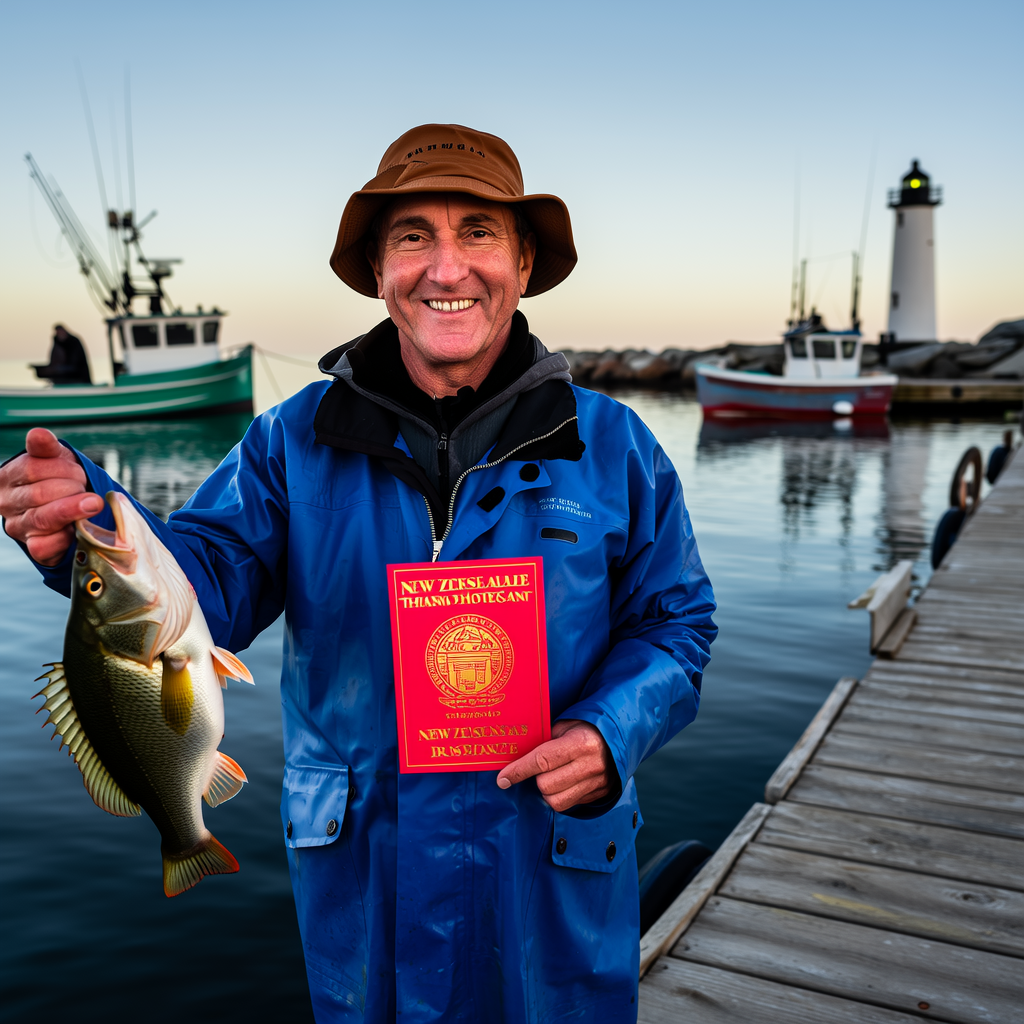Welcome to the land with abundant waters and thrilling adventures in fishing. Alaska, also known as the Last Frontier, has a reputation for its natural beauty and fishing opportunities. Halibut is a prized catch among the many fish species that lure anglers around the globe. This comprehensive guide will provide you with the essential tips, techniques and information that you need to make the most out of your fishing trip.
Why choose Alaska for Halibut Fishing in Alaska?
Alaska is home to some of the world’s most fertile fishing grounds, making it an ideal destination for both experienced and novice anglers. The vast coastline of Alaska, its intricate network rivers, and the abundance of marine life make it a perfect place for halibuts to thrive. Alaska offers many options for fishing, whether you’re fishing from the shore, on a charter boat or in remote areas.
The Mighty Halibut – A Brief Introduction
It is important to understand the characteristics and nature of this fish before diving into the strategies and tactics for fishing it. Halibut is the largest flatfish found in the ocean. Its scientific name is Hippoglossus. They can reach gargantuan dimensions, reaching lengths over nine feet and weights more than 500 pounds. Halibuts are well adapted to the marine environment with their flat body, two eyes on one side and camouflaged coloring.
When is the best time to fish for Halibut in Alaska?
Your chances of success in your Alaskan halibut-fishing adventure are heavily influenced by the timing of your trip. The best months to fish for halibut are spring and summer, from May to September. Halibut migrate into shallower waters during these months to feed. This provides anglers with plenty of opportunities to target the fish. Note that fishing regulations may vary from region to region and area. It’s best to check with local authorities or fishing charters.
Halibut is found in Alaska
Fish habits and preferences change with the seasons, tides and feeding patterns. Understanding halibut behavior and their preferred habitats are crucial when it comes to finding them. Halibut are usually found in coastal areas, bays and inlets. You can find them near underwater structures like shelves, drop-offs and underwater mountains. You can find halibut in areas with muddy or sandy bottoms. They often hide themselves there to camouflage. You will have a better chance of finding the best spots if you hire a local guide.
Gear and Equipment
It is important to equip yourself with the proper tools for a successful experience of halibut-fishing in Alaska. Here are some gear and equipment that we recommend:
1. Rods and Reels
Halibut requires heavy-duty reels and rods that can handle their size and power. A strong rod with a fast-action, paired with a durable and high-quality reel is a must.
2. Terminal Tackle
Use terminal tackle that is strong and durable to withstand the thrashing of halibut. Use heavy-duty hooks and swivels as well as leaders, sinkers, and sinkers.
3. Bait and lures:
In Alaska, halibut are often caught using baits such as herring, salmon heads, or octopus. Artificial lures like spoons and jigs can be very effective. You can determine the best bait and lure by experimenting with them.
4. Safety Gear
Prioritize safety whenever you are on the open sea. Onboard, you should have life jackets, flotation devices, and an adequately equipped first aid kit.
Halibut fishing techniques
It is important to master the right techniques for a successful halibut trip. Here are some of the most popular techniques used by Alaskan anglers:
1. Bottom Fishing:
Bottom fishing is the most common way to catch halibut. Dropping your lure or bait to the seafloor is the most common way to catch halibut. It is important to use a heavy sinker in order to keep your bait close to the bottom and stationary.
2. Drifting:
Drifting is the act of allowing your lure or bait to drift with the current. This technique involves a boat drifting over productive areas, while anglers maintain their lines in water. When halibut are actively searching for prey and moving, drifting can be very effective.
3. Jigging:
Jigging is an extremely versatile technique. It involves dropping and lifting the lure vertically in a jerky movement. This can make halibut strike by mimicking injured prey. Due to the depths at which halibut can be found, heavy jigs have become a common tool.
Regulations and Conservation
Respect for regulations and responsible fishing practices are crucial to maintaining fish populations and the sustainability of ecosystems. It is important to be familiar with the Alaska Department of Fish and Game’s (ADF&G) regulations and restrictions when fishing for halibut.
Regulations can cover aspects like bag and possession limitations, size restrictions, or fishing seasons. To ensure the long-term viability and sustainability of halibut populations, stay informed and follow these guidelines.
The Thrill Of A Lifetime
The experience of fishing for halibut on the pristine waters in Alaska is one that will never be forgotten. It is an angler‘s paradise, with its breathtaking scenery, thrilling battles, and chance to reel in a big catch. Fishing halibut is a great adventure for anyone who loves fishing.
Prepare yourself, plan your trip and prepare to create memories that you will cherish forever. Alaska is waiting to give you an unforgettable fishing experience.




